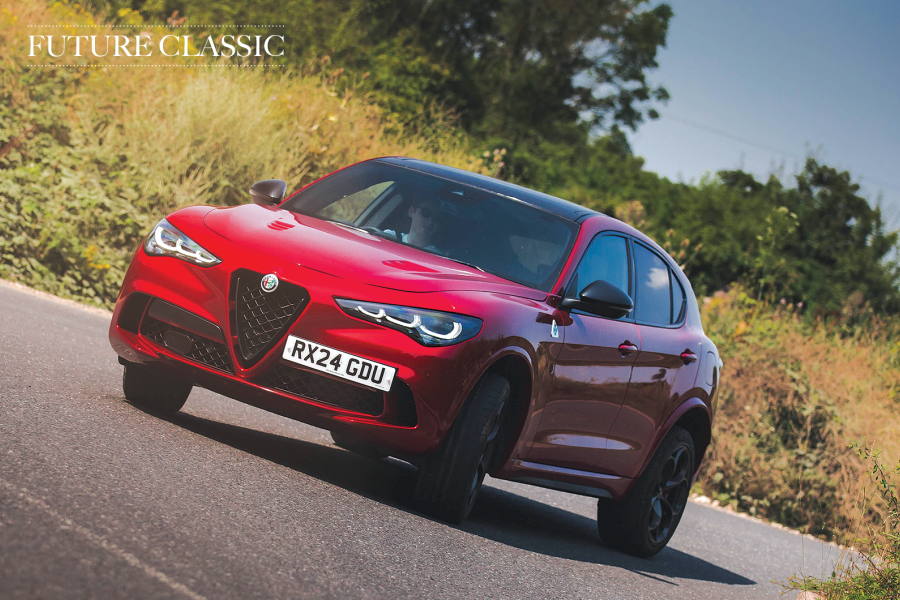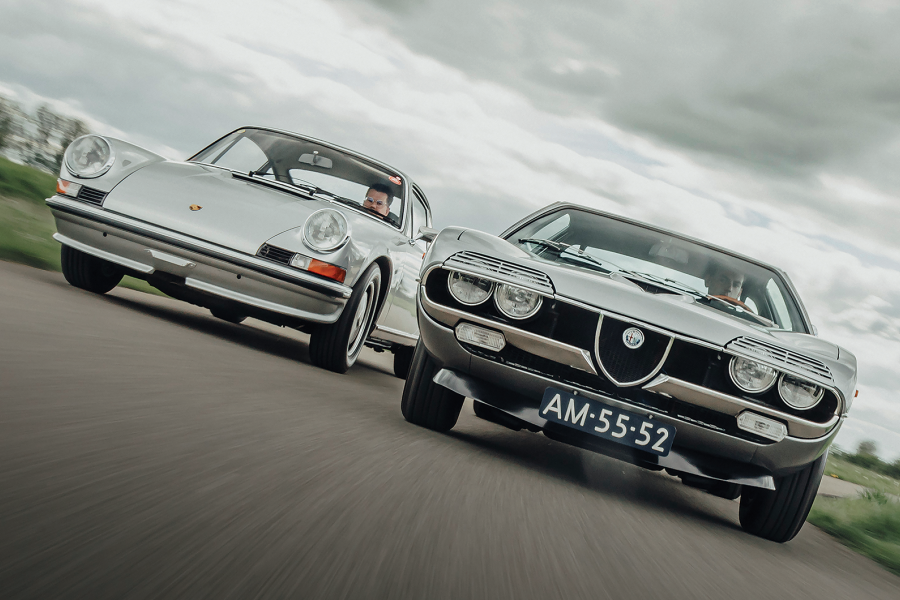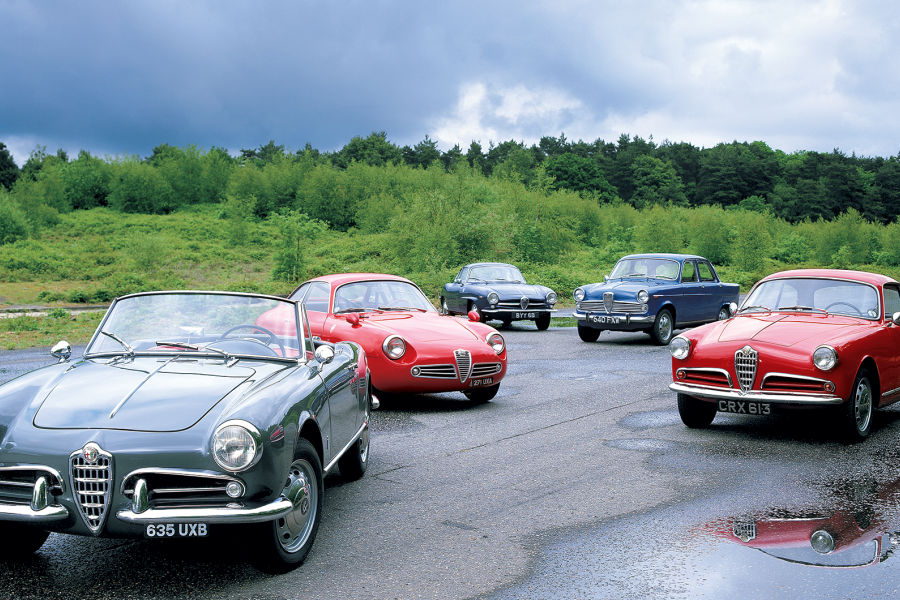A successful search for a set of early hubcaps with 72mm badges was another final detail to complete the project. Cosmetic touches included making a toolkit bag after sourcing original-style canvas and tracking down a set of factory tools at considerable cost. “I’ve bought cars for less,” jokes Gregory.
“A Giulietta Register member kindly found me an original provvisorio instruction manual, while Claus Menzel helped source a correct original jack.” The final touch was a set of period-style Italian plates sourced via an American specialist based in Florida.
There was further fettling until the historic day when 00024 drove for the first time in four decades.
“After some fine-tuning to the ignition and the jetting on the Solex carburettor it ran well. With the small-bore exhaust system it produced a lovely note. Chris wanted to upgrade the suspension, but I love the soft ride quality. The column change is a little rubbery, but with additional miles it’s getting better.”
Gregory and Robinson clocked up the first 400 miles on local Hampshire roads as the debugging continued.
Again the determination to keep the car authentic proved a challenge: “A frustrating vibration was traced to the propshaft fork support. The centring design was made of aluminium, which was later superseded by a stronger steel version. Again it would have been easy just to modify but, amazingly, AFRA sourced an original replacement.”
Where Giorgetti finds these incredibly rare parts is a mystery, but his AFRA family business in Milan has links to Alfa that date back to 1946.
The restored car is still running in, with a rev limit of 3500rpm, so the performance has yet to be fully tested.
“It’s frustrating because this is the point at which the engine comes on cam,” he says. “The early cars were considerably lighter than the production versions and it will be fascinating to finally get it on a weighbridge. At some stage the car was fitted with a 10/41 back axle which might prove a little sluggish with just 65bhp, so I have a replacement 9/41 on the shelf just in case.”
Since completion, 00024 has been proudly exhibited in the rotunda at the RAC’s Pall Mall Clubhouse, where it was much admired.
Other outings have included the Concours of Elegance at Hampton Court Palace, but Gregory’s not a concours man and has always preferred using his cars.
“The predicament is that it’s too important a car to use as a daily driver. It really should be displayed in the Alfa museum at Arese, but I hate the idea of it being locked up.”
So far it appears that 00024 is the earliest survivor of the first batch of Sprints.
“Ten cars were completed before mine, and nothing has popped up yet. But you never know – there could still be one out there stashed away in an Italian barn.”
Collector Corrado Lopresto has chassis 002, but this is little more than a chassis plate because the car was reshelled in 1958 by the factory and rebuilt to Veloce specification for Eduardo Weber. The general opinion is that this was a tax dodge for a trusted supplier.
The ultimate future of this beautiful car is undecided. For now, Gregory and his talented team of specialists should feel very proud of their achievement.
The decade-long project is the perfect tribute to the original design team, engineers and artisans who created a car that changed the course of Alfa Romeo’s history.
Every one of chassis 00024’s early handmade features tells a vivid story, and the dedication to preserve them says everything about Gregory’s inspiring passion for Giuliettas.
Images: James Mann
BUY ONE
Take a look at the Giuliettas on our classic cars for sale pages
READ MORE
Dream drive: Alfa Romeo Duetto 1600
Alfa Romeo launches two new classic car initiatives
Alfa and Holden take concours honours at Motorclassica
Alfa Romeo 8C crowned champion at Pebble Beach Concours d’Elegance
Mick Walsh
Mick Walsh is Classic & Sports Car’s International Editor



















